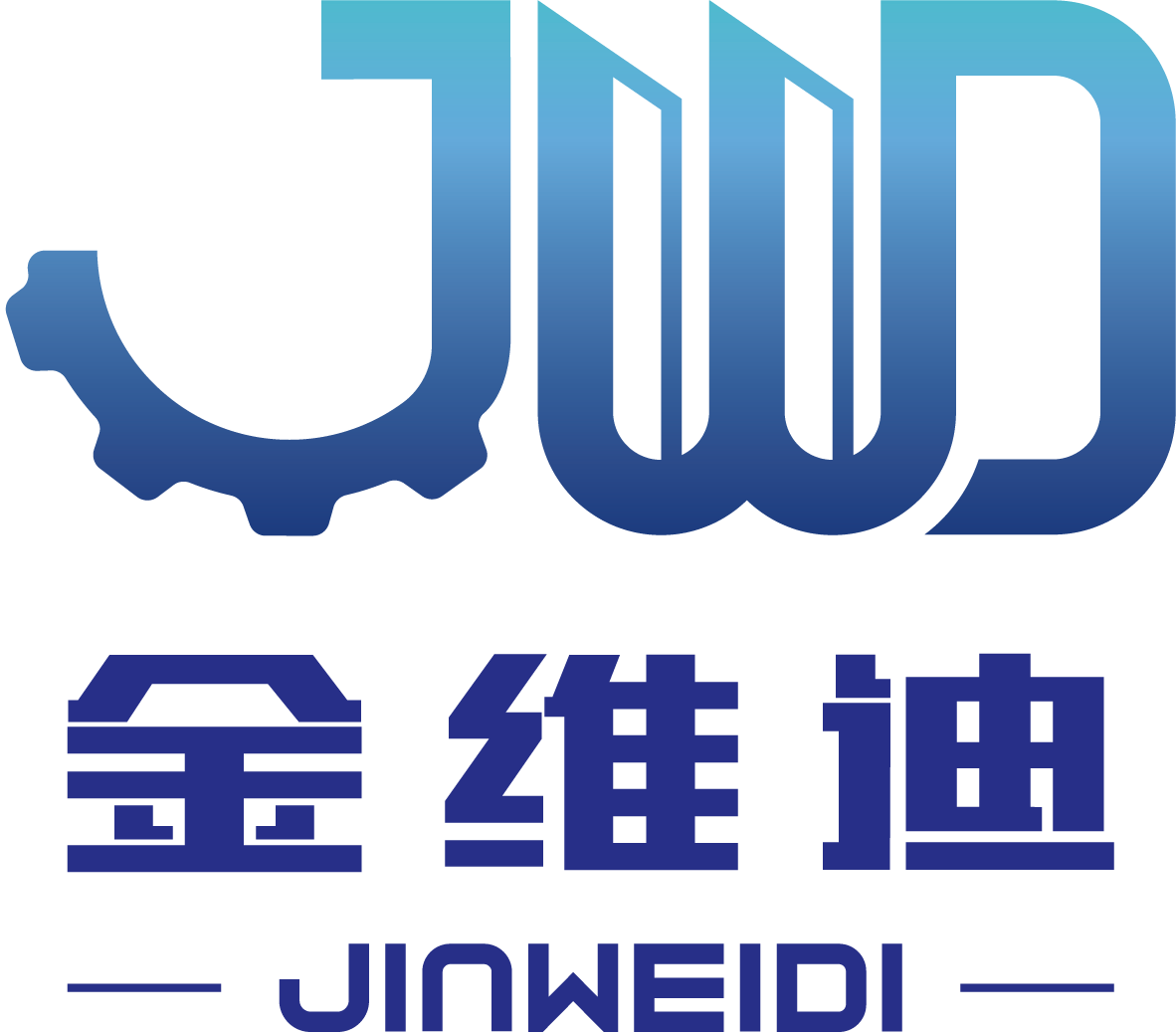Maximize Precision and Speed with Double-axis Hydraulic Thread Rolling Machines: The Ultimate Guide
Maximize Precision and Speed with Double-axis Hydraulic Thread Rolling Machines Table of Contents 1. Introduction to Double-axis Hydraulic Thread Rolling Machines 2. What Are Thread Rolling Machines? 3. Benefits of Double-axis Hydraulic Thread Rolling Machines 4. How Double-axis Hydraulic Thread Rolling Machines Work 5. Applications of Double-axis Hydraulic Thread Rolling Machines 6.
Jul 13,2025
Maximize Precision and Speed with Double-axis Hydraulic Thread Rolling Machines
Table of Contents
- 1. Introduction to Double-axis Hydraulic Thread Rolling Machines
- 2. What Are Thread Rolling Machines?
- 3. Benefits of Double-axis Hydraulic Thread Rolling Machines
- 4. How Double-axis Hydraulic Thread Rolling Machines Work
- 5. Applications of Double-axis Hydraulic Thread Rolling Machines
- 6. Choosing the Right Thread Rolling Machine for Your Needs
- 7. Maintenance and Troubleshooting of Hydraulic Thread Rolling Machines
- 8. The Future of Thread Rolling Technology
- 9. FAQs about Double-axis Hydraulic Thread Rolling Machines
- 10. Conclusion
1. Introduction to Double-axis Hydraulic Thread Rolling Machines
In the manufacturing world, precision and speed are imperative for maintaining a competitive edge. Double-axis hydraulic thread rolling machines offer unparalleled efficiency in producing high-quality threaded components. By leveraging advanced hydraulic technology, these machines ensure that your threading processes are not only faster but also more accurate than traditional methods.
2. What Are Thread Rolling Machines?
Thread rolling machines are specialized equipment designed to create threads on various materials, including metals and plastics. Unlike cutting methods, which remove material to form threads, rolling machines deform the material, resulting in superior structural integrity and surface finish. Double-axis machines feature two rolling axes, allowing for enhanced production capability and versatility.
The Mechanism Behind Thread Rolling
Thread rolling employs two dies that press against the workpiece, causing it to flow into the desired thread shape. This method is not only faster but also reduces material waste, making it a cost-effective solution for manufacturers.
3. Benefits of Double-axis Hydraulic Thread Rolling Machines
Double-axis hydraulic thread rolling machines provide numerous advantages that make them a preferred choice in the manufacturing sector.
Enhanced Precision and Consistency
One of the primary benefits of these machines is their ability to deliver high precision in thread formation. The hydraulic system maintains consistent pressure, which ensures uniformity across all produced threads.
Increased Production Speed
With the capability to operate on two axes simultaneously, double-axis machines significantly reduce production time. This capability allows manufacturers to meet high demand without compromising quality.
Cost Efficiency
By minimizing material waste and reducing the need for secondary operations (such as machining), these machines can lead to substantial cost savings over time.
Versatility in Production
Double-axis hydraulic thread rolling machines can accommodate a wide range of materials and thread sizes, making them versatile tools for different manufacturing applications.
4. How Double-axis Hydraulic Thread Rolling Machines Work
Understanding the operational mechanism of double-axis hydraulic thread rolling machines is crucial for optimizing their use.
The Hydraulic System
At the heart of these machines lies a sophisticated hydraulic system. This system generates the necessary force to drive the rolling dies, ensuring that they maintain constant pressure throughout the threading process.
The Rolling Process
1. **Material Loading**: The workpiece is securely positioned in the machine.
2. **Die Engagement**: The hydraulic system brings the rolling dies into contact with the workpiece.
3. **Thread Formation**: As the dies rotate, they press against the material, rolling it into the desired thread shape.
4. **Quality Control**: After the threading process, the finished product undergoes quality checks to ensure precision.
Control Systems
Modern double-axis machines incorporate advanced control systems that allow operators to adjust parameters such as speed and pressure, further enhancing the precision and efficiency of the production process.
5. Applications of Double-axis Hydraulic Thread Rolling Machines
The versatility of double-axis hydraulic thread rolling machines allows them to be utilized in various industries.
Aerospace Industry
In the aerospace sector, precision is non-negotiable. These machines are used to manufacture critical components that require exact specifications and high strength-to-weight ratios.
Automotive Industry
The automotive industry relies on thread rolling for producing fasteners and various threaded components, ensuring safety and reliability in vehicles.
Construction and Engineering
In construction, these machines are pivotal for creating threaded rods and anchors that hold structures together, providing the necessary strength and stability.
Electronics Manufacturing
In electronics, precision threading is essential for connectors and other components, making thread rolling machines indispensable.
6. Choosing the Right Thread Rolling Machine for Your Needs
Selecting the right double-axis hydraulic thread rolling machine involves several considerations.
Assess Your Production Needs
Evaluate the volume and type of components you need to produce. High-demand applications may require machines with faster cycle times and higher capacities.
Material Compatibility
Ensure that the machine you choose can handle the materials you plan to process. Different machines are optimized for specific materials and thread types.
Budget Considerations
While investing in high-quality machines is essential, balancing quality with budget constraints will help you make an informed decision.
Support and Maintenance
Choose a manufacturer that offers reliable customer support and maintenance services, ensuring that your machine remains operational with minimal downtime.
7. Maintenance and Troubleshooting of Hydraulic Thread Rolling Machines
To maximize the lifespan and efficiency of double-axis hydraulic thread rolling machines, regular maintenance is key.
Routine Maintenance Tips
1. **Regular Lubrication**: Ensure all moving parts are regularly lubricated to minimize wear and tear.
2. **Hydraulic Fluid Checks**: Regularly check and replace hydraulic fluids to maintain optimal machine performance.
3. **Calibration**: Periodically calibrate the machine to ensure precision in thread formation.
Troubleshooting Common Issues
If you encounter issues such as inconsistent thread quality or machine malfunctions, refer to the following:
- **Check Hydraulic Pressure**: Low pressure can lead to improper thread formation.
- **Inspect Die Alignment**: Misaligned dies can cause uneven threads.
- **Monitor for Wear**: Regularly inspect dies for wear and replace them as necessary.
8. The Future of Thread Rolling Technology
As technology advances, so does thread rolling. The future holds exciting prospects for double-axis hydraulic thread rolling machines.
Integration with Automation
The integration of automation and robotics will enhance the efficiency and precision of thread rolling processes, allowing for greater production capabilities.
Smart Manufacturing
With the rise of Industry 4.0, smart manufacturing technologies will provide real-time data analysis, enabling manufacturers to optimize threading processes further.
Sustainability Initiatives
Future thread rolling machines are likely to focus on sustainability, reducing energy consumption, and minimizing waste during production.
9. FAQs about Double-axis Hydraulic Thread Rolling Machines
What is the difference between thread rolling and thread cutting?
Thread rolling deforms the material to create threads, preserving material integrity, while thread cutting removes material, which may weaken the final product.
Can double-axis machines handle different thread sizes?
Yes, double-axis hydraulic thread rolling machines can be adjusted to accommodate various thread sizes, making them versatile in production.
What materials can be processed with thread rolling machines?
These machines can process a range of materials, including metals like steel and aluminum, as well as certain plastics.
How often should maintenance be performed on thread rolling machines?
Routine maintenance should be performed as recommended by the manufacturer, typically every few months, depending on usage levels.
Are there any limitations to using thread rolling machines?
Yes, thread rolling is generally limited to materials that can be easily deformed and may not be suitable for hard or brittle materials.
10. Conclusion
Double-axis hydraulic thread rolling machines represent a significant advancement in manufacturing technology, offering unparalleled precision and speed. By understanding their operation, benefits, and applications, businesses can leverage these machines to enhance productivity and maintain a competitive edge. Investing in such technology not only streamlines production processes but also contributes to cost-effectiveness and quality excellence in threaded component manufacturing.
PREVIOUS:
Related Posts
Contact Us
E-mail:
jwd_machinery@sina.com
Phone/WhatsApp:
+86 18515871688
Address:
North side of 7th Road, Taocheng North Industrial Park, Hengshui City, Hebei Province, China




